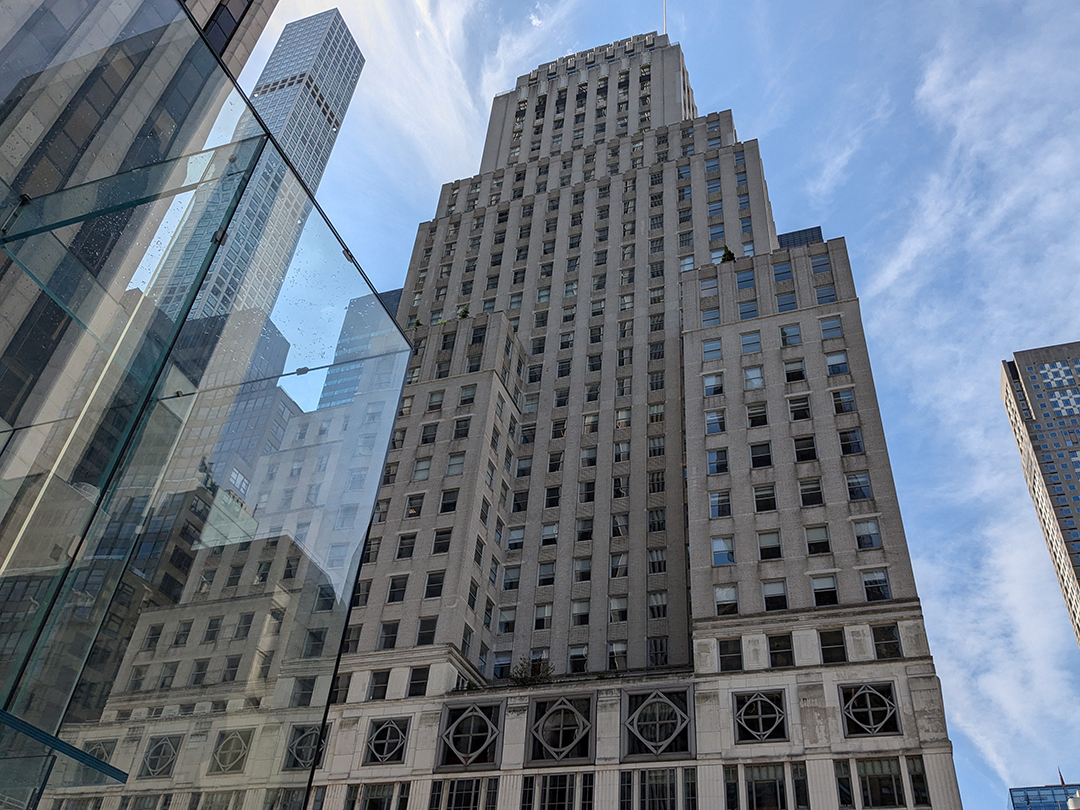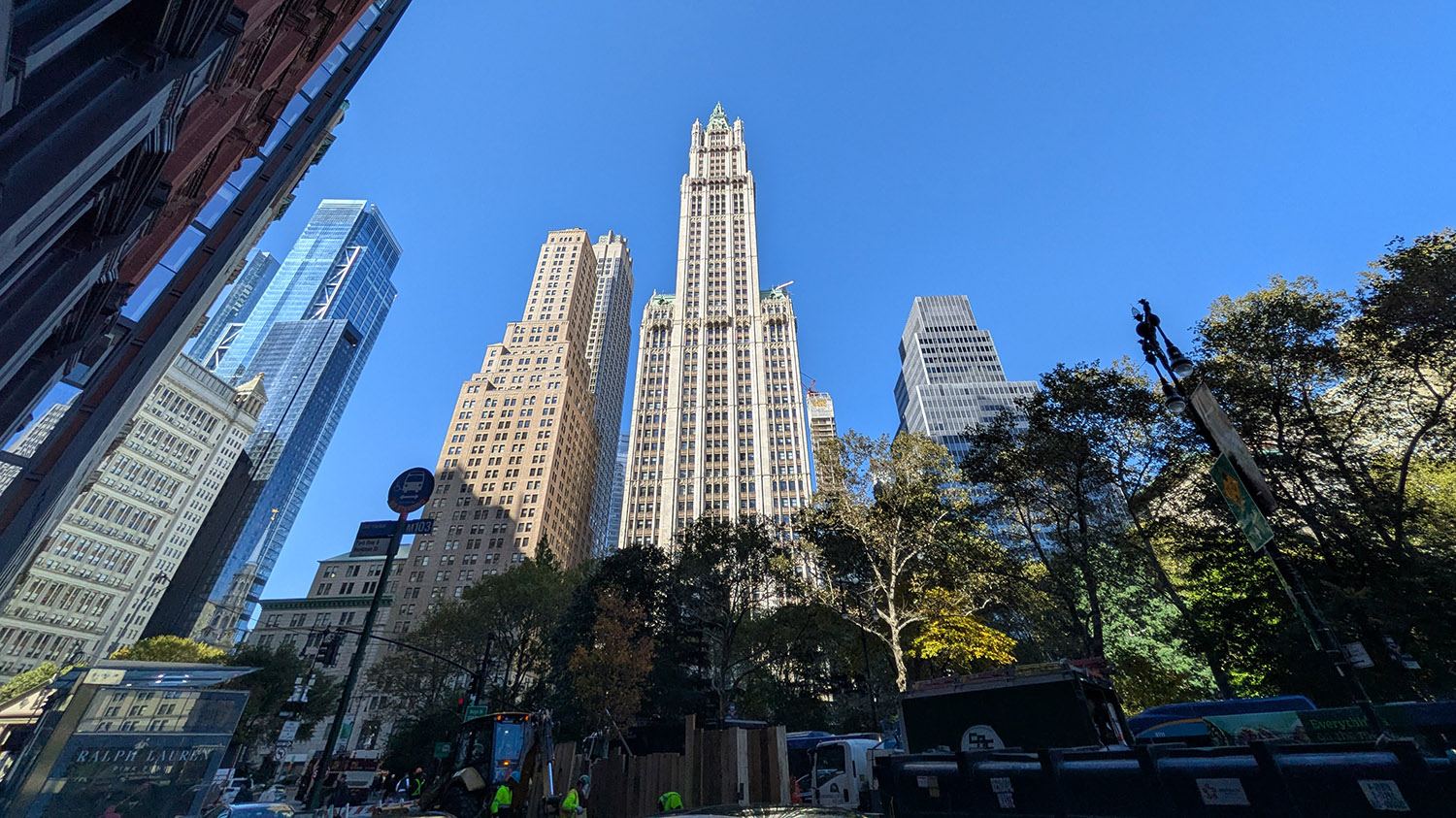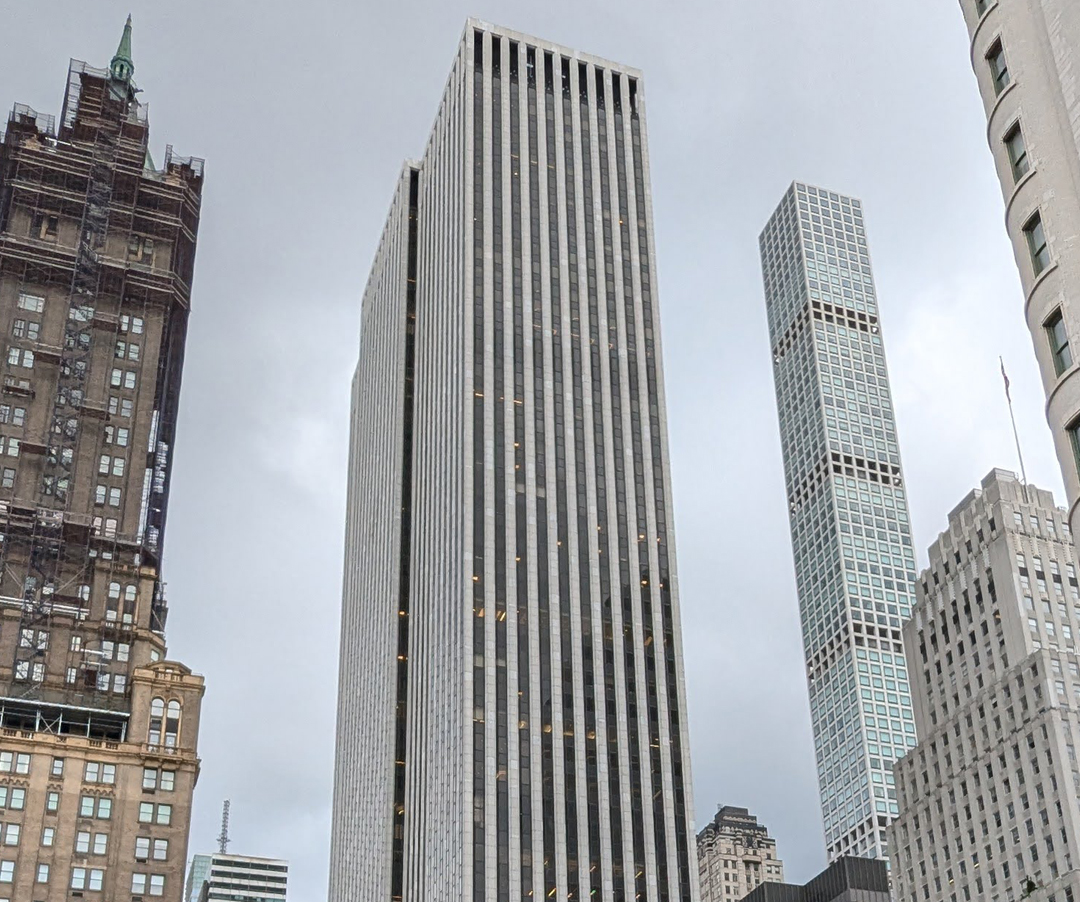The New York commercial real estate market is directly linked to the New York economy. In a typical cycle, rents increase to a level higher than in the previous cycle.
The graph below illustrates the phases that the commercial real estate market typically undergoes during a recession.
Phase 1
Rent levels reach an all-time high, and landlords offer minimum concession packages. Tenants increasingly renew leases to avoid paying moving expenses.
Phase 2
Rents remain high, demand for space decreases, and landlords increasingly offer more generous concession packages (i.e., free rent and tenant improvement cash).
Phase 3
Tenants start to dispose of surplus space through subleases, and landlords compete with them by decreasing rents.
Phase 4
Rents continue to go down, and concession packages continue to increase. Landlords compete with sublessors by offering prebuilt space.
Phase 5
As rents continue to fall and concession package offers continue to increase, rental buildings go into default. With lower break-even costs, new landlords are able to offer less-expensive deals.
Phase 6
Vacancy rates in the sublease market decrease to the point at which tenants start to occupy space directly and landlords begin to reduce concessions.
Phase 7
Demand for space exceeds availability, causing rents to go up and concession packages to decrease further.
Phase 8
Vacancy rates fall below 7%, causing rent spikes in Manhattan. Concession packages continue to decrease.
Phase 9
Typically, the average rent in New York City exceeds the highest level of the last boom market. This is the last phase of the cycle.
At the moment, we may be at the beginning of Phase 2, when landlords begin to increase concession packages.
For more information, please refer to the article published in the April 3, 2017 edition of Bisnow titled “What is Driving the Increase in Tenant Improvement Allowances in Manhattan?” Please note, this could all change if President Donald Trump’s new tax reform plan to lower the corporate tax rate goes into effect, we could then suddenly see a spurt in businesses willing to spend more money.
To view any future or previous real estate advisories, please follow Richard Plehn LinkedIn







